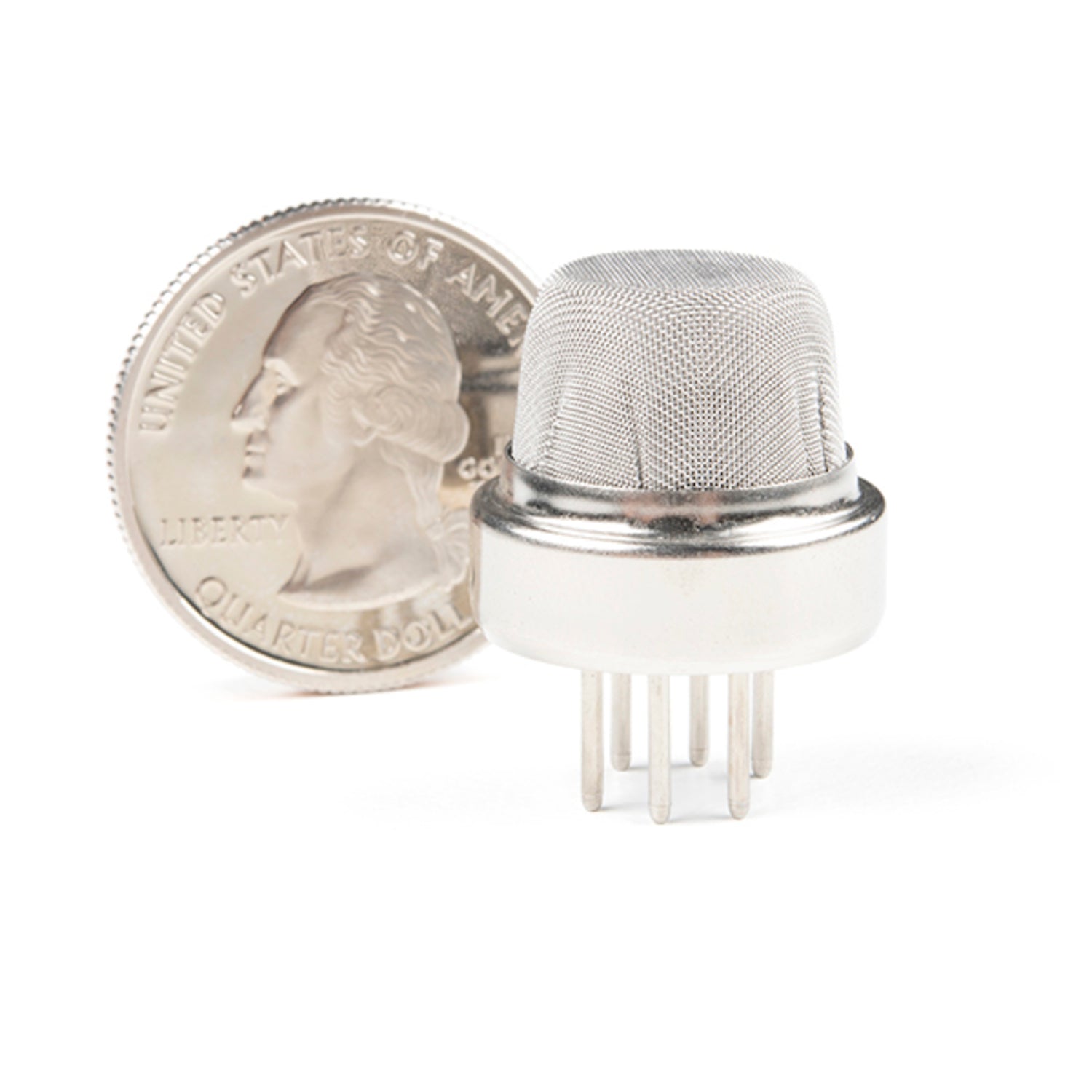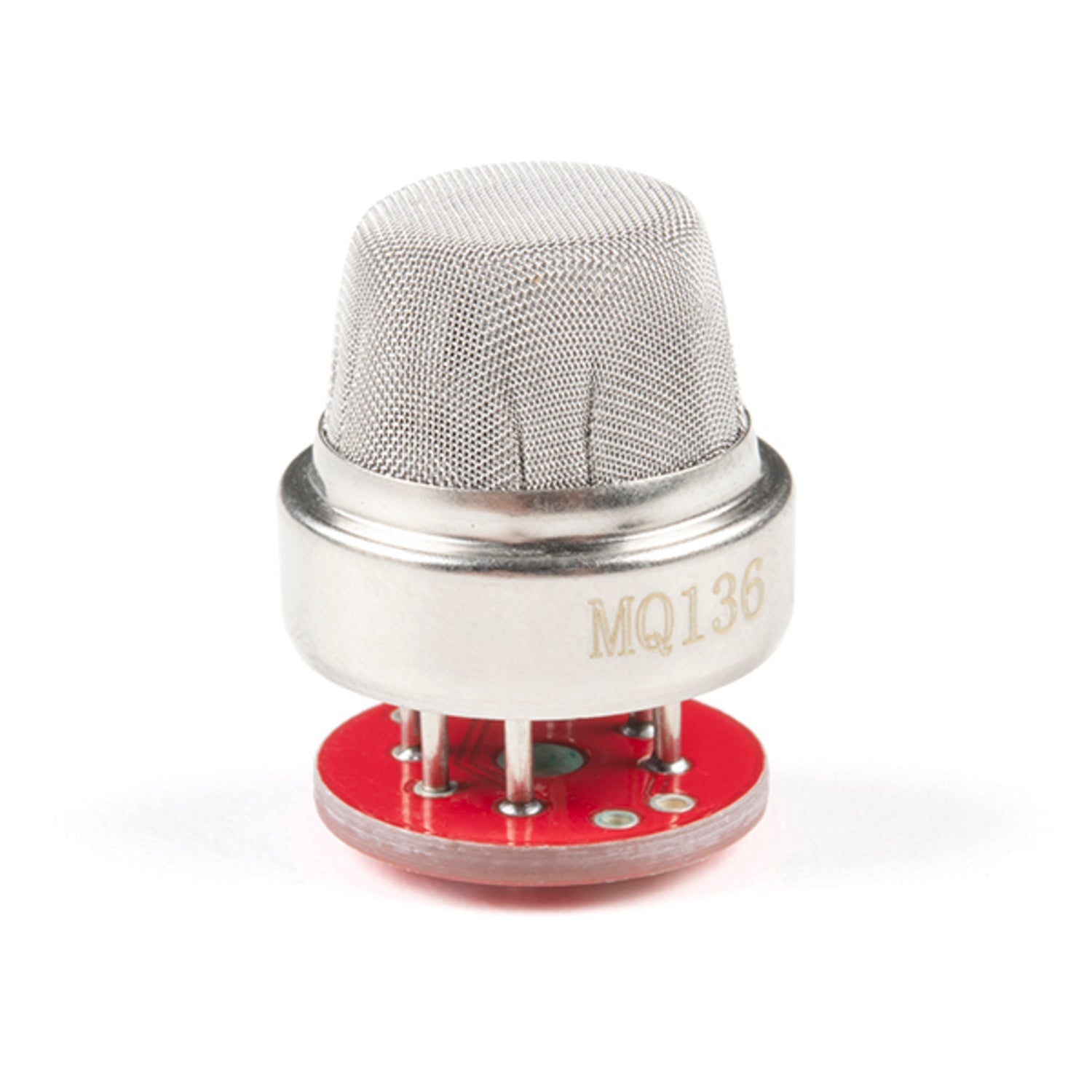The MQ - 136 is an excellent hydrogen sulfide detection sensor. It has a sensing range from 1 to 200 ppm. Its sensing element is SnO2, which shows lower conductivity in clean air. When hydrogen sulfide gas is present, the sensor's conductivity increases with the rising gas concentration. With a simple circuit, it's easy to measure this conductivity change and convert it into useful data, though some calibration is needed. For better solderability, our Gas Sensor Breakout Board is recommended.


Using the MQ - 136 hydrogen sulfide gas sensor is quite simple. First, connect it properly using our Gas Sensor Breakout Board for easy soldering. Then, power it up. The sensor will start detecting hydrogen sulfide gas in the air. The data it generates can be read through the simple circuit. Remember, before using it for the first time, you need to calibrate it to get accurate results. When it comes to maintenance, keep it in a clean environment. Avoid exposing it to extreme temperatures or high - humidity areas, as this can affect its performance. Regularly check the connections to make sure they are secure.